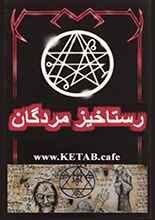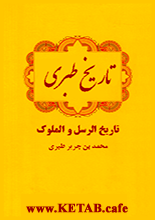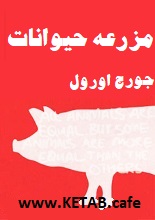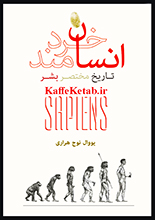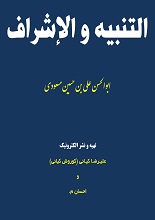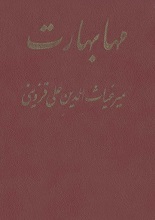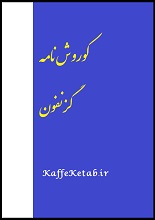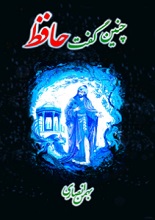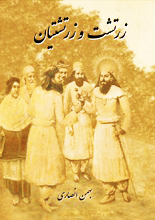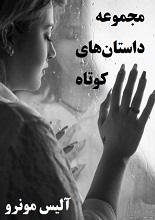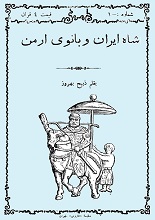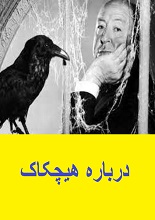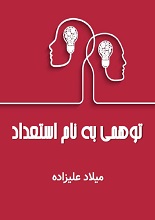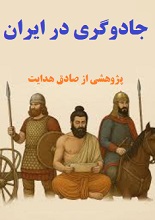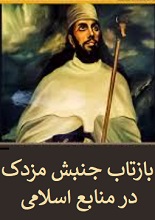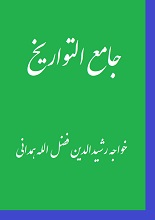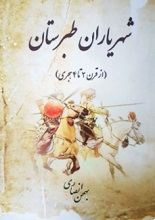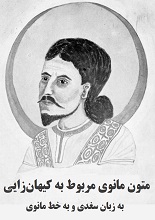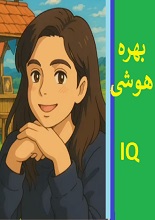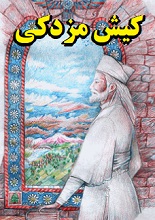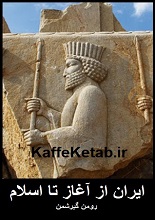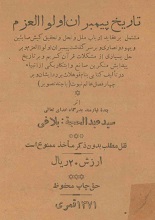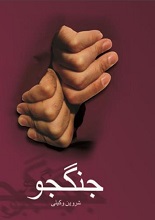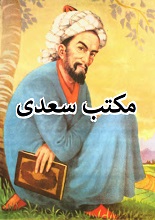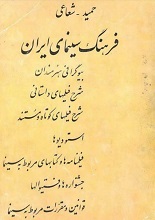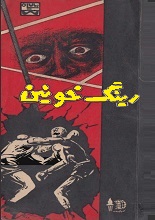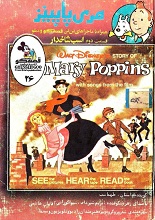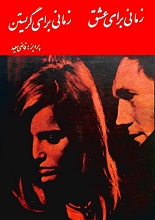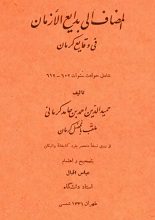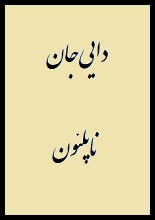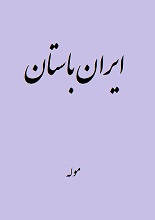Acta Antiqua Tomus XXIV, published in 1976 by the Hungarian Academy of Sciences, represents a landmark contribution to the international field of classical philology, ancient history, archaeology, and linguistics. The Acta Antiqua series is renowned for collecting scholarly essays in multiple languages—English, French, German, Russian, Latin—fostering global dialogue on the civilizations of the ancient world.
This particular volume brings together leading voices in Iranology, Greco-Roman history, Central Asian studies, early mathematics, philology, and religious history. Contributions range from the expedition of Darius against the Saka tribes, to the origins of trigonometry, to the literary and religious sources of the Avesta, to the military and cultural dynamics of the Sassanian Empire. By spanning diverse geographies—from Greece and Rome to Persia, India, and Central Asia—this book demonstrates the interconnectedness of the ancient world.
For students, researchers, and enthusiasts of antiquity, Acta Antiqua Tomus XXIV is more than a collection of specialized studies—it is a window into the global intellectual currents of ancient civilizations.
R. Ghirshman – Les Daivadâna
The opening essay by Roman Ghirshman explores the Daivadâna inscriptions of Xerxes, a critical piece of evidence for understanding the religious reforms of the Achaemenid Empire. Ghirshman examines why Xerxes, unlike his father Darius, directly confronted the worship of the daiva (old tribal gods of Iran), promoting Ahuramazda as the supreme deity.
This study is fundamental for Zoroastrian studies and for understanding the politico-religious dimension of Achaemenid rule. It sheds light on how religion was intertwined with imperial control, offering insight into the strategies used to unify Persia and Media under one divine authority.
Keywords: Xerxes, Achaemenid religion, Ahuramazda, Daiva inscription, Iranian archaeology.
J. Harmatta – Darius’ Expedition against the Saka Tigraxauda
One of the volume’s most significant contributions is János Harmatta’s detailed study of Darius I’s campaign against the Saka Tigraxauda, a nomadic group known for their pointed caps. Using the Bisutun inscription, Greek sources like Herodotus, and modern Central Asian scholarship, Harmatta reconstructs the chronology and evaluates the political meaning of this campaign.
This article is crucial for understanding Persian-Scythian relations, the military strategies of Darius, and the broader role of Central Asia in Achaemenid imperial politics. It also highlights the importance of the Sakas in shaping cross-cultural contacts between East and West.
Keywords: Darius I, Saka, Scythians, Central Asia, Persian Empire.
R. Schmitt – The Medo-Persian Names of Herodotus
Rüdiger Schmitt provides a philological investigation into the Iranian names recorded by Herodotus. Through linguistic analysis, Schmitt shows how Old Persian and Median names were transcribed and transformed in Greek.
This study deepens our understanding of language contact, onomastics, and the preservation of cultural identity in cross-cultural historical writing. It remains a reference for scholars studying Herodotus and the interface between Greek historiography and Persian reality.
Keywords: Herodotus, Iranian names, Philology, Old Persian, Greek historiography.
J. Kellens – L’Avesta comme source historique
Jean Kellens’ French-language essay reexamines the Avesta not just as a religious text but as a historical source. He argues that the Avestan corpus reflects the political, cultural, and ritual realities of ancient Iran, while also being shaped by editorial processes over centuries.
This contribution is vital for the fields of Iranian philology, Zoroastrianism, and the history of religion, demonstrating how sacred texts can preserve fragments of real historical memory.
Keywords: Avesta, Zoroastrianism, Iranian religion, philology, historical sources.
J. Borzsák – Semiramis in Central Asia
János Borzsák explores the legendary queen Semiramis and her supposed campaigns into Central Asia. By blending philological sources with archaeological interpretation, Borzsák evaluates how myth and history overlapped in Greek and Near Eastern traditions.
This paper highlights how legends of Semiramis shaped perceptions of Central Asia, creating a bridge between Assyrian myth and Hellenistic historiography.
Keywords: Semiramis, Central Asia, Assyrian legends, Greek historiography.
J. Wolski – Relations among Arsacid Princes
This study focuses on the Arsacid dynasty of Parthia. Wolski analyzes the power struggles among Parthian princes, their relations with Rome, and their strategies of legitimization. The essay reveals the fragile yet adaptive structure of the Arsacid monarchy.
Keywords: Parthian Empire, Arsacid dynasty, Roman-Parthian relations, dynastic politics.
B. Mukherjee – Kharoshthi Documents of Shan-shan and the Kushana Empire
In a pioneering essay, B. Mukherjee examines Kharoshthi documents from the region of Shan-shan (modern Xinjiang, China) and connects them with the Kushana Empire. These manuscripts illustrate the bureaucratic practices, trade networks, and cultural exchanges across Central Asia and South Asia.
This study is crucial for the history of the Silk Road, showing how Indian scripts and administrative practices spread into China under Kushan influence.
Keywords: Kharoshthi script, Kushan Empire, Silk Road, Shan-shan documents.
Th. Gignoux – Sasanian Titulature
Thierry Gignoux investigates the royal titulature of the Sasanian kings, analyzing inscriptions and coins. He demonstrates how titles like Shahanshah (King of Kings) reflected ideological and religious claims of authority.
This essay illuminates the fusion of religion and politics in Sasanian Iran, revealing how language was used to strengthen legitimacy.
Keywords: Sasanian Empire, royal titulature, Iranian epigraphy, political ideology.
N. Szádeczky-Kardoss – Byzantine-Sassanian Wars
This paper studies the long-standing conflicts between Byzantium and the Sassanian Empire, particularly in the 6th–7th centuries. Szádeczky-Kardoss highlights the military strategies, diplomatic exchanges, and cultural consequences of these wars.
It underscores how the Byzantine-Sassanian rivalry shaped the late antique world, paving the way for the rise of Islam.
Keywords: Byzantine Empire, Sassanian wars, Late Antiquity, diplomacy, military history.
Bo Utas – Non-Religious Pahlavi Literature as a Source for Central Asian History
Bo Utas demonstrates how Pahlavi texts, often dismissed as purely literary, can serve as valuable historical sources. By analyzing narrative motifs and cultural references, Utas reconstructs aspects of Sogdian and Central Asian society.
This article expands the scope of Iranian studies beyond religion, emphasizing literature as a mirror of historical reality.
A. Mohay – Priskos on Steppe Peoples
Árpád Mohay explores the writings of Priskos, a Byzantine historian, on the peoples of the steppe. His accounts provide ethnographic detail on the Huns, Alans, and other nomads who interacted with the Roman Empire.
This essay bridges classical historiography and ethnography, offering a rare window into steppe cultures.
M. Maróth – Sistan in Arabic Sources
Maróth investigates early Arabic geographical and historical writings on Sistan, a key region in eastern Iran. His analysis reveals how Arab authors integrated Sistan into the wider Islamic world and how local traditions persisted.
Á. Szabó – Origins of Trigonometry
Árpád Szabó traces the roots of trigonometry back to ancient Greek and Near Eastern mathematics. His essay demonstrates how astronomy, geometry, and practical measurement converged to create one of the most fundamental tools in science.
F. Franciosi – Discovery of Mathematical Irrationality
Franciosi analyzes the discovery of irrational numbers in Greek mathematics. This intellectual breakthrough transformed not only mathematics but also philosophy, challenging Greek assumptions about harmony and proportion.
E. Szepes – Magic in Hellenistic Papyri
Szepes investigates magical practices in Greek papyri, revealing the blend of religion, superstition, and science in the Hellenistic world. This paper enriches our understanding of ancient spirituality.
A. Michel – Rhetoric and Philosophy in Roman Art
Michel examines how Roman visual art embodied both rhetorical principles and philosophical ideas. This interdisciplinary approach highlights the role of art as a medium of intellectual discourse in Roman culture.
T. Szepessy – The Siege of Nisibis and Heliodorus’ Chronology
This essay analyzes the chronology of Heliodorus by situating the Siege of Nisibis in late antiquity. It demonstrates the interconnectedness of historical and literary traditions.
J. Harmatta – The Appearance of the Huns in Eastern Europe
Closing the volume, Harmatta explores the arrival of the Huns in Eastern Europe, drawing from textual and archaeological sources. He situates this event within the broader transformation of late antiquity, marking the transition from the Roman world to the early medieval era.
Download Acta Antiqua Tomus PDF
Acta Antiqua Tomus XXIV is a treasure trove of classical scholarship. By covering a wide spectrum—from Persian kingship and Central Asian nomads to Greek mathematics and Roman art—it reflects the multidisciplinary nature of ancient studies. Even nearly five decades after its publication, the essays remain highly relevant, frequently cited by historians, philologists, and archaeologists.
It is a book that unites languages, cultures, and methods, embodying the spirit of international academic collaboration.
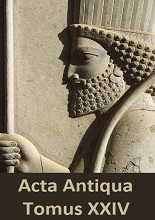
توضیحات به فارسی: کتاب Acta Antiqua Tomus XXIV (1976) مجموعهای ارزشمند از مقالات علمی در زمینههای تاریخ باستان، فیلولوژی کلاسیک، ایرانشناسی، ریاضیات یونانی، و مطالعات آسیای میانه است. این اثر که توسط آکادمی علوم مجارستان منتشر شده، شامل پژوهشهای برجستهای دربارهٔ کوروش و بابل، داریوش، خشایارشا، جنگهای ساسانی و بیزانس، و همچنین منشأ مثلثات در ریاضیات است. این مجلد پلی میان فرهنگهای ایران، یونان، روم و آسیای میانه ایجاد میکند و هنوز هم منبعی مهم برای پژوهشگران محسوب میشود.
Conclusion en français: Le Tomus XXIV d’Acta Antiqua représente une étape majeure dans l’étude de l’Antiquité. En réunissant des articles en plusieurs langues sur des sujets variés — de l’expédition de Darius contre les Sakas à la titulature sassanide et aux origines de la trigonométrie — il démontre l’universalité et l’actualité de la recherche philologique et historique. Ce volume incarne l’esprit de coopération internationale et reste une référence indispensable pour les chercheurs en histoire ancienne.
برای دانلود این کتاب، ابتدا باید عضو سایت بشوید.
پس از عضویت، لینک دانلود این کتاب و همهی کتابهای سایت برای شما فعال میشوند.
(قبلا عضو شدهاید؟ وارد شوید)
